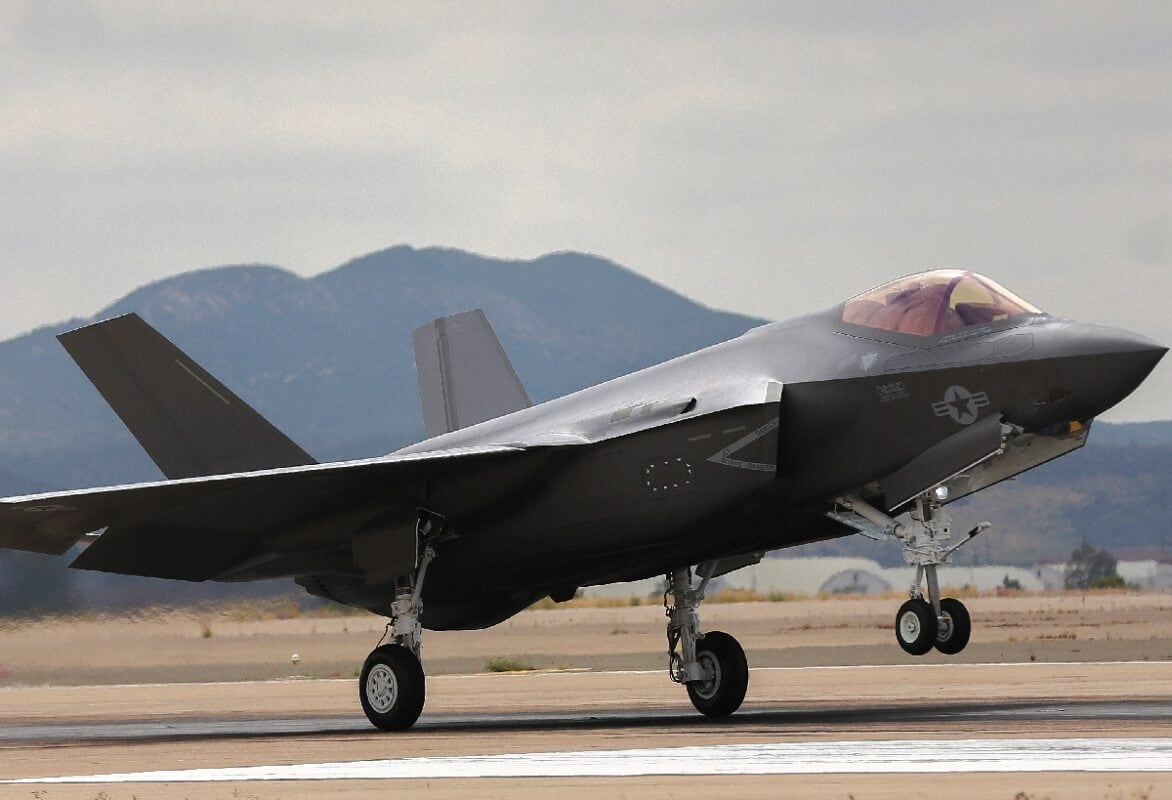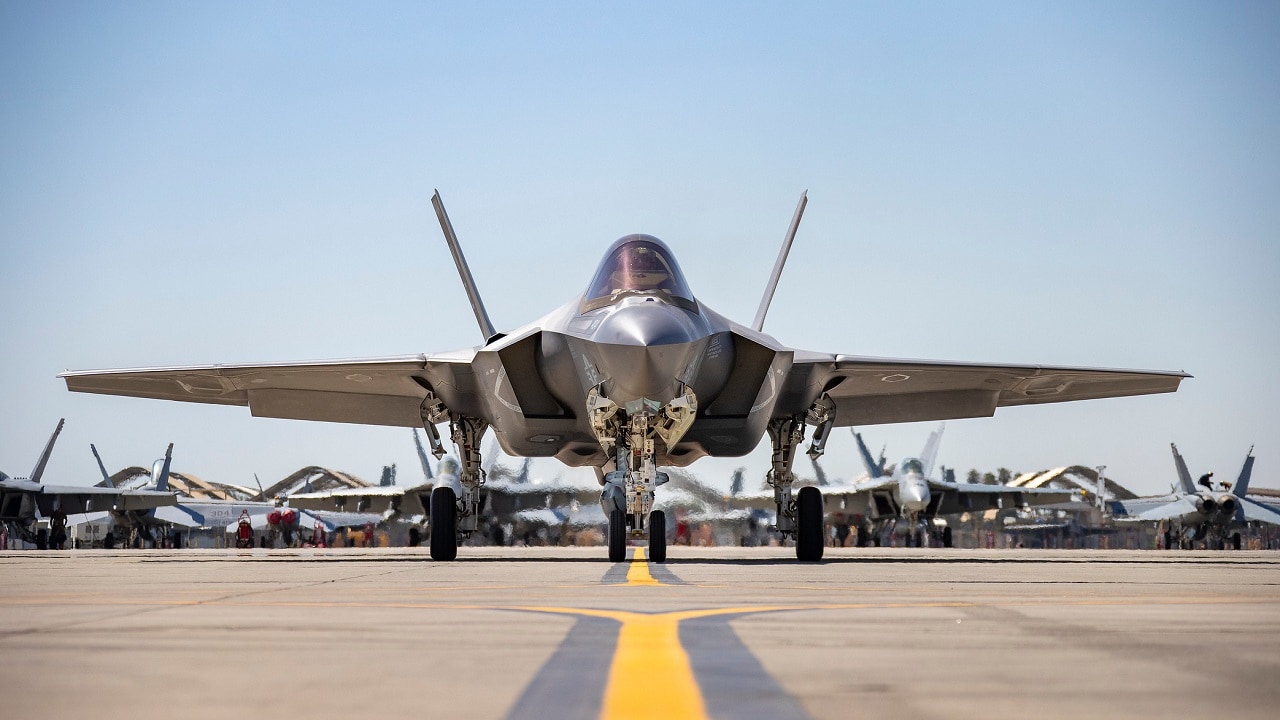The U.S. Navy is in the midst of a frantic race against time, weather, and China to recover the F-35C Lighting II stealth fighter jet that crashed into the Pacific Ocean last week.
The fifth-generation fighter jet went into the drink after a landing mishap on board the nuclear aircraft carrier USS Carl Vinson.
An Ongoing Recovery Effort
On Saturday, the Japanese Coast Guard issued a maritime warning for an area in the northern part of the South China Sea. Although the U.S. Navy hasn’t specified the way it intends to recover the F-35C fighter jet from the bottom of the Pacific Ocean, the maritime warning suggests that at least the location of the sunken aircraft has been found.
The maritime warning is for a patch of sea about 185 miles west of the Philippines and 350 miles east of the Paracels, a group of man-made islands built by China. Thus, the place where the F-35C crashed is very close indeed to Chinese military installations, something that might complicate the recovery efforts as Beijing might be inclined to frustrate them by harassing U.S. Navy vessels.
In the hours following the incident, the Navy had issued a statement.
“The pilot safely ejected from the aircraft and was recovered via U.S. military helicopter. The pilot is in stable condition. There were seven total Sailors injured; three Sailors required MEDEVAC to a medical treatment facility in Manila, Philippines, and four were treated by on-board medical personnel. All three MEDEVACs are assessed as stable. Of the four Sailors treated by on-board medical, three have been released. Additional details and the cause of the inflight mishap is under investigation,” the Navy had said in a press statement.
Photos that surfaced following the incident suggest that the F-35C sunk almost entirely intact, meaning that it could prove to be a real goldmine should Beijing manage to find it first.
Lockheed Martin, the manufacturer of the F-35, has been touting the “C” version of the stealth fighter jet as “the world’s only long-range stealth strike fighter designed and built explicitly for Navy carrier operations” that comes with an extended operational radius, more robust structure, and stronger landing system that allow it to operate from the punishing environment of an aircraft carrier.
Deep-Sea Fishing
The U.S. Navy certainly has the capability to recover an aircraft from the bottom of the sea, even in an ocean like the Pacific, which is very deep.
Only last year, the Navy recovered an MH-60 Sea Hawk helicopter that had crashed into the Philippine Sea during a routine flight in January 2020. The Navy recovered the aircraft from a depth of more than 19,000 feet.

A U.S Marine Corps F-35C Lightning II with Marine Wing Fighter Attack Squadron (VMFA) 314, 3rd Marine Aircraft Wing (MAW) lands on Marine Air Station Miramar, Calif., May 11 , 2020. The F-35C will give 3rd MAW a technological advantage by bringing the next wave of 5th generation fighter jets to the Marine Corps. (U.S. Marine Corps photo by Sgt Dominic Romero)

The U.S. Navy also has a very recent example to draw lessons from. In December, a Royal Navy F-35B crashed into the sea immediately after taking off from the aircraft carrier HMS Queen Elizabeth. The British operation to recover the F-35B that crashed into the Mediterranean Sea lasted approximately two weeks. British and American warships had surrounded and cordoned the area in order to prevent any unfriendly eyes or ships from interfering with the recovery operation.
1945’s New Defense and National Security Columnist, Stavros Atlamazoglou is a seasoned defense journalist specializing in special operations, a Hellenic Army veteran (national service with the 575th Marine Battalion and Army HQ), and a Johns Hopkins University graduate. His work has been featured in Business Insider, Sandboxx, and SOFREP.

